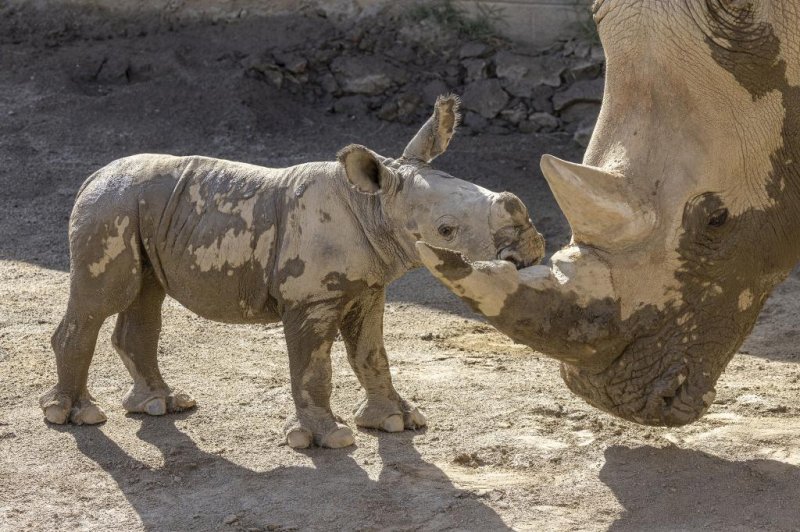
A new Google Doodle is celebrating the birthday of renowned Indian meteorologist Anna Mani. Photo courtesy of Google
Aug. 23 (UPI) -- A new Google Doodle released Tuesday celebrated the birthday of renowned Indian physicist and meteorologist Anna Mani, who would've turned 104 years old.
The Doodle depicts Mani in front of a number of different climates, including a rainstorm and a beating sun. The physicist is also shown working on some calculations alongside a weather balloon, all of which work to make up the Google logo.
Mani would rise through the ranks of her nation's upper-class to become one of the most consequential scientists in Indian history.
Born on Aug. 23, 1918 in the village of Peermade in British India, Mani had read almost every book in her local library at the age of just 12, according to Google.
Following high school, Mani completed her undergraduate studies, obtaining a Bachelor of Science degree in physics and chemistry from Pachaiyappa's College in Madras. She would then go onto post-graduate studies, learning spectroscopy under Nobel Laureate Sir C. V. Raman.
Mani eventually earned her Ph.D. and began a graduate program at London's prestigious Imperial College.
In 1948, Mani returned to her native India to begin working for the country's Meteorological Department, helping a team of scientists design and manufacture weather-gauging instruments.
Despite meteorology being a male-dominated field at the time, Mani would end up leading the department by 1953, where over 100 different weather instrument designs were standardized under her watch.
Later in life, Mani would become the Deputy Director General of the India Meteorological Department and also hold multiple positions within the United Nations.
Beyond her contributions to meteorology, Mani was also an advocate for alternative energy. In the 1950s, she "established a network of solar radiation monitoring stations and published several papers on sustainable energy measurement."
Mani died in 2001 at the age of 83, but her influence on Indian science remains strong, with Google saying, " [Her] work inspired brighter days for this world."
Mani is not the only physicist to be honored with a Google Doodle in recent weeks.
A July 18 Doodle celebrated the life of German physicist and composer Oskar Sala, who would've been 112.
Sala studied physics at school and helped to develop a new system for composing electronic music.





:focal(221x169:222x170)/https://tf-cmsv2-smithsonianmag-media.s3.amazonaws.com/filer_public/ac/8b/ac8bb1fb-3fb1-4474-a708-4abbd45634bf/capture.jpg)

.jpg)



